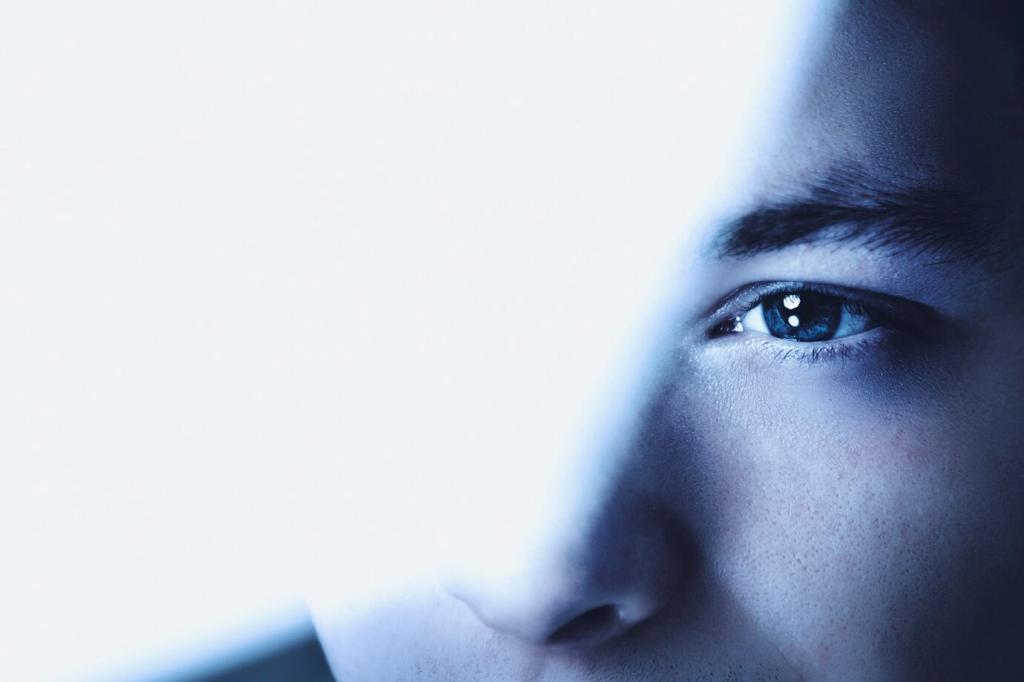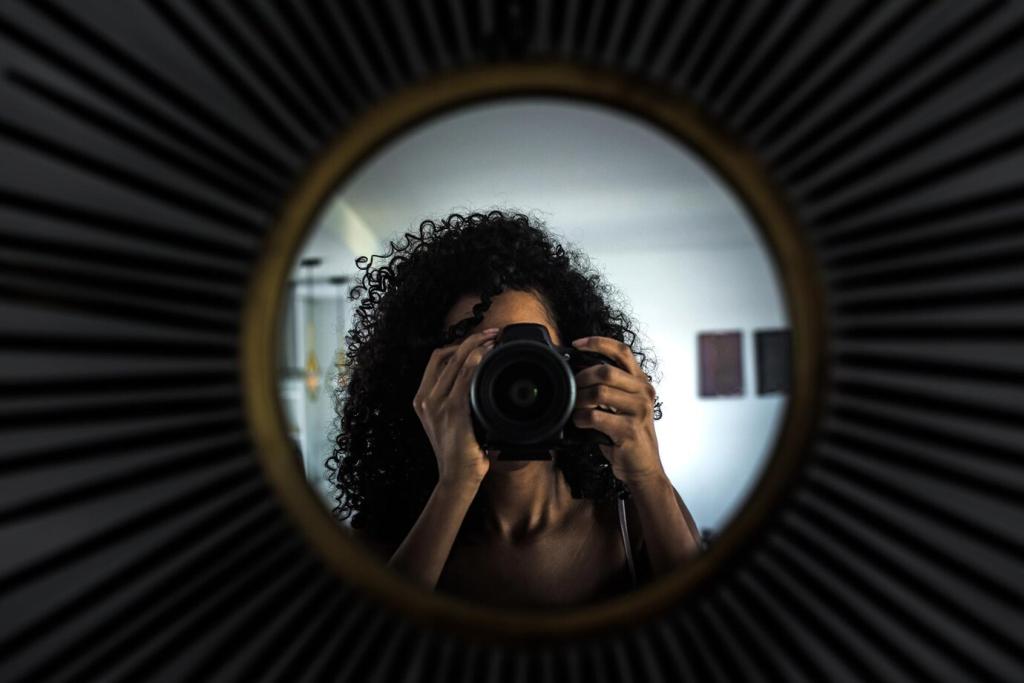Create a Focused Meditation Environment at Home

Listen for quiet, then watch the light
Sit in different spots at different times of day and notice traffic noise, neighbor routines, and light angles. You want consistent quiet and gentle illumination that does not glare into your eyes.

Define gentle boundaries without walls
Use a rug, a simple floor cushion, or a screen to signal a mental threshold. A visible boundary lowers distractions by reminding your brain of the single purpose of that small zone.
Designing for Sensory Calm

Choose a limited color palette and remove busy patterns from your immediate view. Research suggests visual clutter competes for attention, so keep lines clean and include one natural element like wood or leaves.

Optimizing Light, Air, and Temperature
Use indirect light in the morning and warmer tones in the evening to avoid stimulation. A low lamp behind you reduces screen-like glare, helping your eyes relax and your breath deepen naturally.

Rituals and Cues That Invite Focus
A short sequence that signals arrival
Light a candle, ring a bell once, and take three deep breaths while lengthening the exhale. Repeating the same sequence daily creates a reliable bridge from everyday busyness into focused presence.
Time anchors and habit stacking
Attach your sit to a stable event, like after making tea or returning from a walk. Habit stacking reduces decision fatigue and quietly guides you back to practice, even on rushed weekday mornings.
Technology boundaries that protect calm
Set your phone to do not disturb, flip it face down, and place it outside arm’s reach. A simple analog timer can replace apps and reduce the impulse to check, swipe, or wander elsewhere.
Adapting Small or Shared Spaces
Keep a small basket with a foldable mat, a light shawl, earplugs or headphones, and a travel candle. When the basket appears, your body recognizes the ritual and settles faster into stillness.
Adapting Small or Shared Spaces
Use a folding screen, a curtain, or a tall plant to imply separation. Even a chair turned sideways creates a visual shield, signaling others—and your own mind—that this moment is gently reserved.


